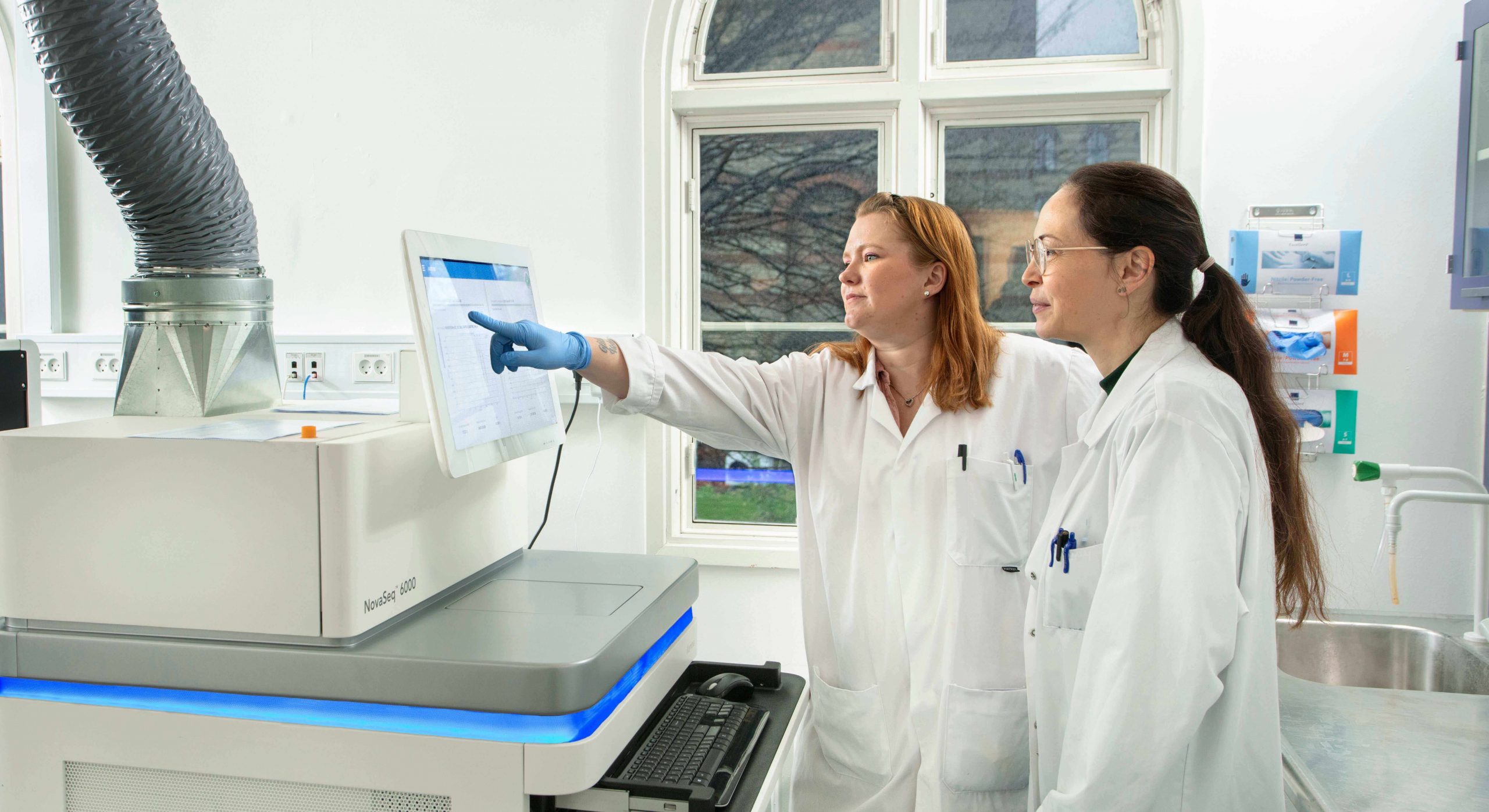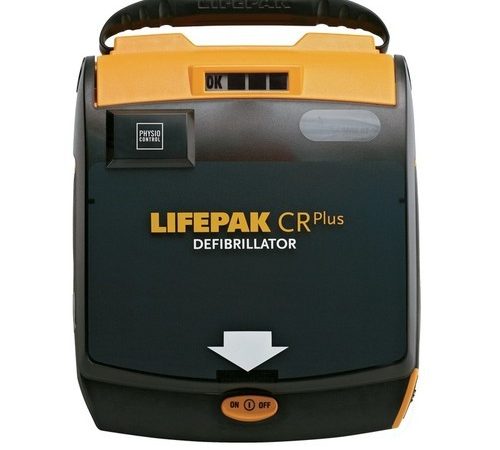
Target Enrichment and Targeted Sequencing: Unlock the Power of Precision with Next-Generation Technology
Target Enrichment is a critical step in the DNA preparation process for Targeted Sequencing (also known as resequencing), where specific regions of interest in the genome are amplified or captured before being sequenced. This approach enables researchers to focus on particular genes or genomic regions, allowing for a more detailed and cost-effective analysis. By using next-generation sequencing (NGS) technologies, Target Enrichment makes it possible to efficiently sequence enriched DNA fragments, providing deep insights into genetic variations and mutations that may be associated with diseases or other biological processes.
What is Target Enrichment?
Target Enrichment is a pre-sequencing process used to isolate and prepare specific DNA sequences or regions of interest from the entire genome. This method is particularly useful when researchers are only interested in a small subset of the genome, such as disease-related genes, oncogenes, or regions with known mutations.
There are two main methods of target enrichment:
1. Amplicon or Multiplex PCR-Based Enrichment
In this method, specific regions of DNA are directly amplified using polymerase chain reaction (PCR) with targeted primers. Amplicon enrichment is ideal for applications that focus on small, well-defined regions of the genome. Multiplex PCR allows for the amplification of multiple targets in a single reaction, making it highly efficient for studying several regions simultaneously.
2. Hybrid Capture-Based Enrichment
Hybrid capture-based target enrichment involves the use of complementary DNA or RNA probes (often referred to as “baits”) that bind to the target sequences. These bound sequences are then captured, allowing non-target sequences to be removed. This method is particularly useful for enriching larger regions of the genome and is known for its ability to capture a broader range of sequence variations, including single nucleotide polymorphisms (SNPs) and indels (insertions and deletions).
Once the DNA sequences have been enriched through either method, the selected fragments are sequenced using next-generation sequencing (NGS) platforms, enabling deep analysis of the targeted regions.
Applications of Target Enrichment and Targeted Sequencing
Targeted sequencing through target enrichment is widely used across various fields of research and medicine, offering precision and efficiency in identifying genetic variants. Here are some of the key applications:
1. Disease Gene Identification
Targeted sequencing is essential for identifying disease-causing mutations in specific genes. Researchers can use target enrichment to focus on known disease-related genes, allowing for detailed exploration of genetic variations associated with conditions such as cancer, cardiovascular disease, and neurological disorders.
2. Oncology Research
In cancer research, target enrichment is commonly used to sequence specific oncogenes, tumor suppressor genes, and other genetic mutations that drive tumor development and progression. By focusing on cancer-related genes, researchers can identify actionable mutations that may inform treatment decisions and personalize therapies for cancer patients.
3. Hereditary Disease Screening
Target enrichment is frequently used in genetic testing and screening for hereditary diseases. By targeting specific genes associated with inherited conditions, such as cystic fibrosis, BRCA-related breast cancer, or muscular dystrophy, researchers and clinicians can identify mutations that may be passed down through families, allowing for earlier diagnosis and intervention.
4. Pharmacogenomics
Pharmacogenomics studies how genetic variations affect individual responses to medications. Targeted sequencing allows for the identification of genetic markers that influence drug metabolism, efficacy, and adverse effects. This information can be used to tailor treatments to each patient’s genetic profile, improving the safety and effectiveness of drug therapies.
5. Microbial and Environmental Studies
Target enrichment can be applied to study microbial populations in various environments by focusing on specific gene markers, such as the 16S rRNA gene in bacteria or the ITS region in fungi. This approach enables researchers to characterize microbial diversity and composition in clinical, environmental, or industrial settings.
Advantages of Target Enrichment for Targeted Sequencing
1. High Sensitivity for Mutation Detection
Target enrichment allows researchers to selectively sequence regions of interest with high sensitivity, making it easier to detect low-frequency mutations or rare genetic variants. This is particularly important in applications like cancer genomics, where identifying minor mutations can have a significant impact on diagnosis and treatment.
2. Cost-Effective and Scalable
Compared to whole-genome sequencing (WGS), target enrichment is more cost-effective because it focuses only on specific regions of the genome. This reduces the amount of sequencing required and generates smaller, more manageable datasets, making it ideal for studies with limited budgets or large sample sizes.
3. Depth of Coverage
By enriching specific DNA regions, researchers can achieve greater sequencing depth for the targeted areas, providing more detailed information and higher accuracy in detecting genetic variations. This is essential for studies requiring comprehensive analysis of specific genes or loci.
4. Flexibility in Design
Target enrichment offers flexibility in study design. Researchers can choose to focus on specific genes, exons, or larger regions of interest, depending on the goals of their study. Custom panels can be designed to include specific targets relevant to the research question, allowing for tailored approaches in different fields.
How Target Enrichment Works: The Process
Step 1: Target Selection and Design
The first step in target enrichment is selecting the specific regions of the genome to be analyzed. Researchers identify genes or regions of interest, which could be based on known mutations, disease associations, or other factors.
Step 2: Primer or Probe Design
Depending on the enrichment method chosen, targeted primers or hybridization probes are designed to bind to the selected regions. In PCR-based enrichment, primers amplify the DNA, while in hybrid capture, probes hybridize to the DNA sequences.
Step 3: DNA Amplification or Capture
The target regions are either amplified through PCR or captured using hybridization probes. This process enriches the desired sequences, making them the focus of subsequent sequencing.
Step 4: Library Preparation and Sequencing
The enriched DNA fragments are prepared for sequencing by converting them into sequencing libraries. They are then sequenced using next-generation sequencing platforms to generate detailed data on the targeted regions.
Step 5: Data Analysis and Interpretation
Once sequencing is complete, bioinformatics tools are used to analyze the sequencing data, identifying mutations, variants, or other features of interest in the targeted regions. Researchers can interpret the data in the context of their specific study or clinical application.
Conclusion
Target enrichment combined with targeted sequencing is a powerful method for focusing on specific areas of the genome, enabling precision analysis of genetic variants and mutations. Whether you’re investigating cancer-related genes, identifying hereditary mutations, or studying microbial populations, target enrichment provides a cost-effective, scalable, and sensitive solution. With next-generation sequencing technology, target enrichment offers unparalleled depth of coverage and accuracy, helping researchers and clinicians gain valuable insights into the genetic basis of diseases and biological processes.
4o



